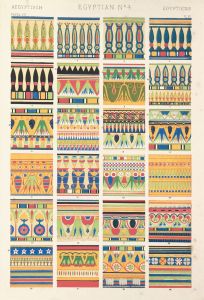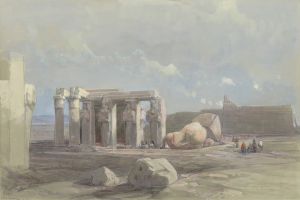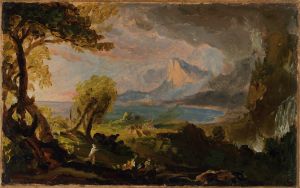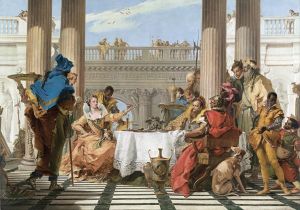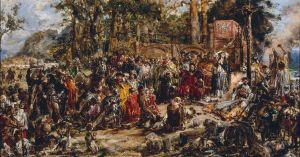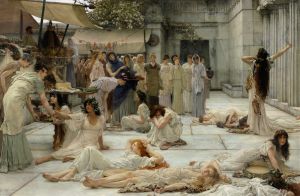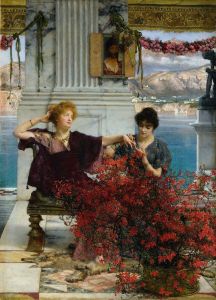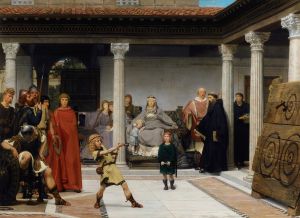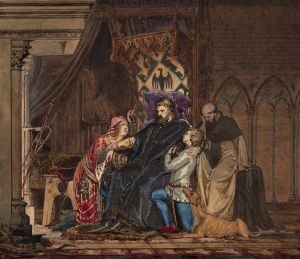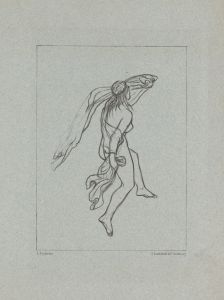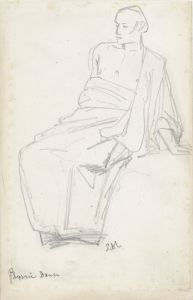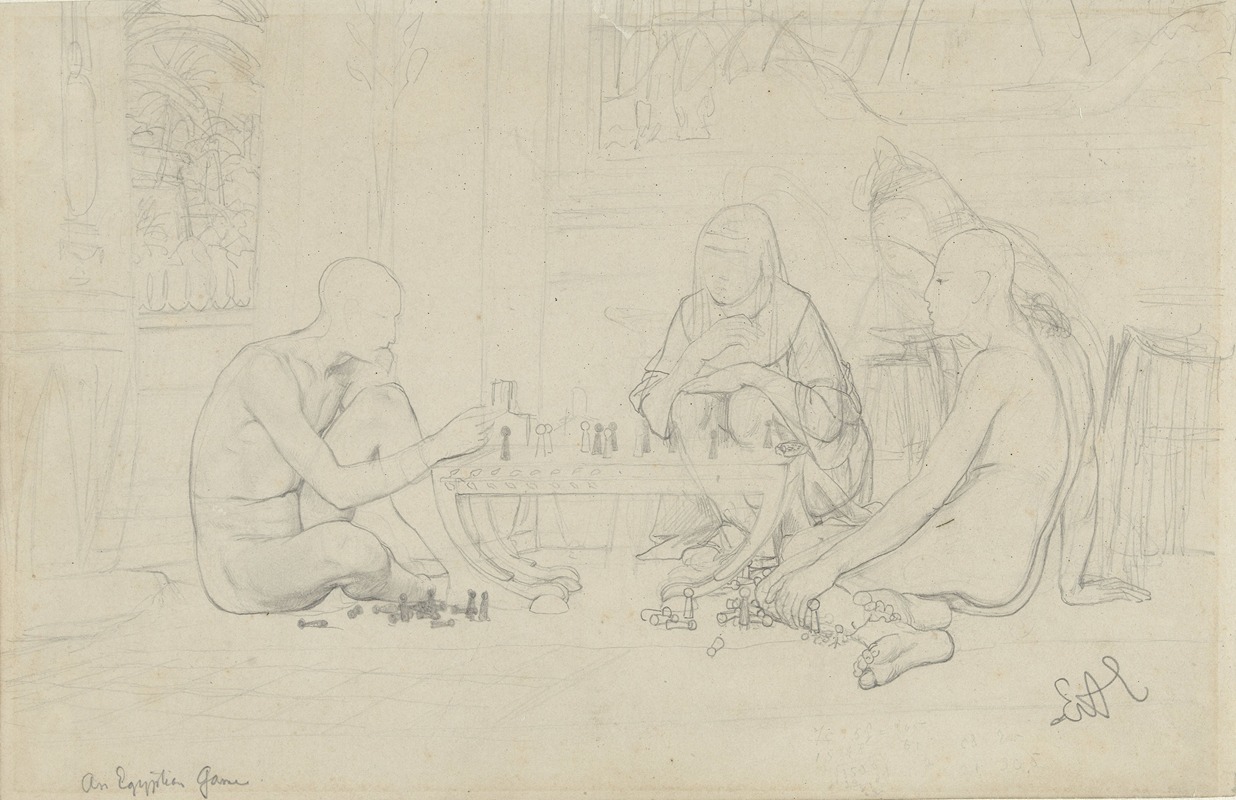
Egyptisch spel
A hand-painted replica of Lawrence Alma-Tadema’s masterpiece Egyptisch spel, meticulously crafted by professional artists to capture the true essence of the original. Each piece is created with museum-quality canvas and rare mineral pigments, carefully painted by experienced artists with delicate brushstrokes and rich, layered colors to perfectly recreate the texture of the original artwork. Unlike machine-printed reproductions, this hand-painted version brings the painting to life, infused with the artist’s emotions and skill in every stroke. Whether for personal collection or home decoration, it instantly elevates the artistic atmosphere of any space.
Lawrence Alma-Tadema was a Dutch-born British painter known for his depictions of the luxury and decadence of the Roman Empire, as well as scenes from ancient Egypt and Greece. His works are characterized by their meticulous attention to detail and historical accuracy, often bringing to life the opulence and daily life of ancient civilizations. One of his notable works is "Egyptisch spel," which translates to "Egyptian Game."
"Egyptisch spel" is a painting that reflects Alma-Tadema's fascination with ancient cultures, particularly Egypt. Although specific details about this painting are scarce, it is consistent with Alma-Tadema's broader body of work, which often features scenes of leisure and domestic life set against the backdrop of ancient architecture and landscapes. His paintings are renowned for their realistic portrayal of textures and materials, such as marble, fabrics, and metals, which he achieved through a masterful use of color and light.
Alma-Tadema's interest in Egypt was part of a broader 19th-century fascination with the ancient world, spurred by archaeological discoveries and the expansion of European empires into regions like Egypt. This interest was reflected in the art, literature, and architecture of the time, as artists and writers sought to capture the mystique and grandeur of ancient civilizations. Alma-Tadema's work, including "Egyptisch spel," can be seen as part of this cultural movement, offering a romanticized yet meticulously researched vision of the past.
The painting likely depicts a scene involving an ancient Egyptian board game, as suggested by the title. Board games were a popular pastime in ancient Egypt, with games like Senet being among the most well-known. These games were not only a form of entertainment but also held religious and symbolic significance, often associated with the journey to the afterlife. Alma-Tadema's choice to depict such a scene would align with his interest in the daily lives and cultural practices of ancient peoples.
Alma-Tadema's works are celebrated for their ability to transport viewers to another time and place, offering a glimpse into the lives of people from ancient history. His paintings are housed in numerous prestigious collections around the world, including the Rijksmuseum in Amsterdam and the Victoria and Albert Museum in London. "Egyptisch spel," like many of his works, exemplifies his skill in combining historical research with artistic imagination to create scenes that are both educational and visually captivating.
In summary, while specific information about "Egyptisch spel" is limited, it is representative of Lawrence Alma-Tadema's broader artistic themes and interests. His work continues to be appreciated for its beauty, historical insight, and the way it captures the imagination of viewers, inviting them to explore the ancient world through his eyes.





